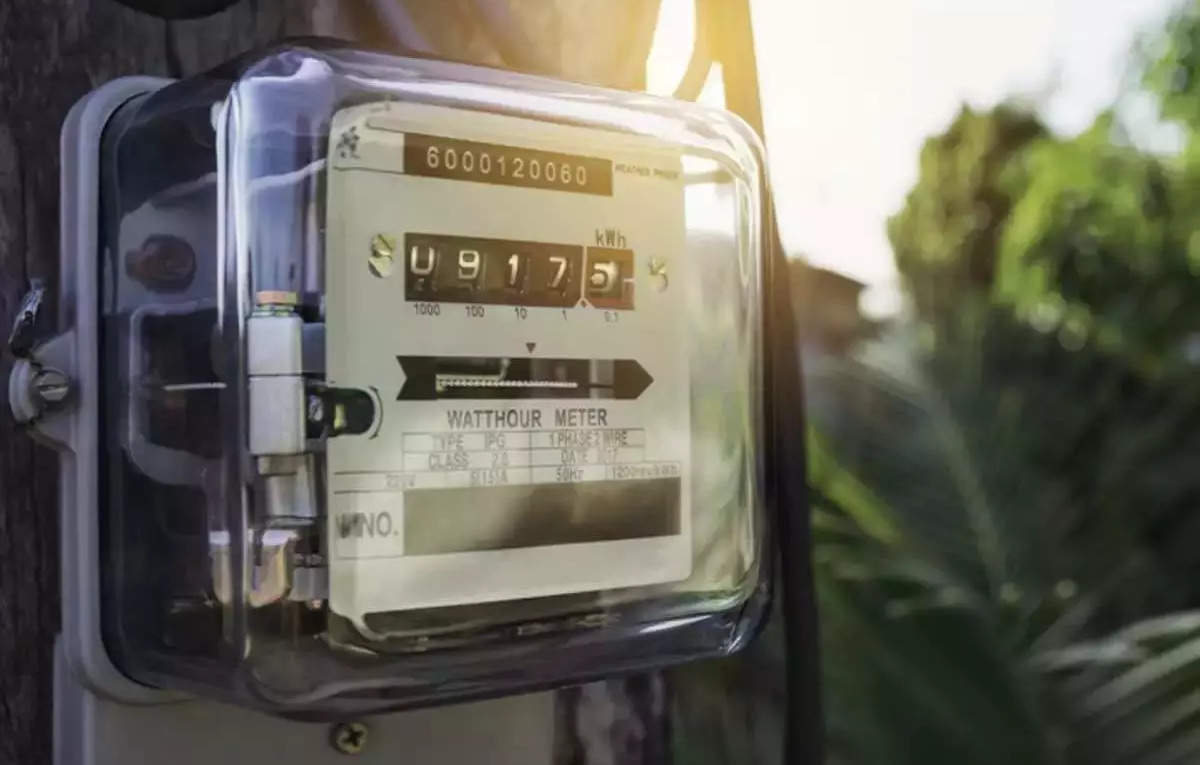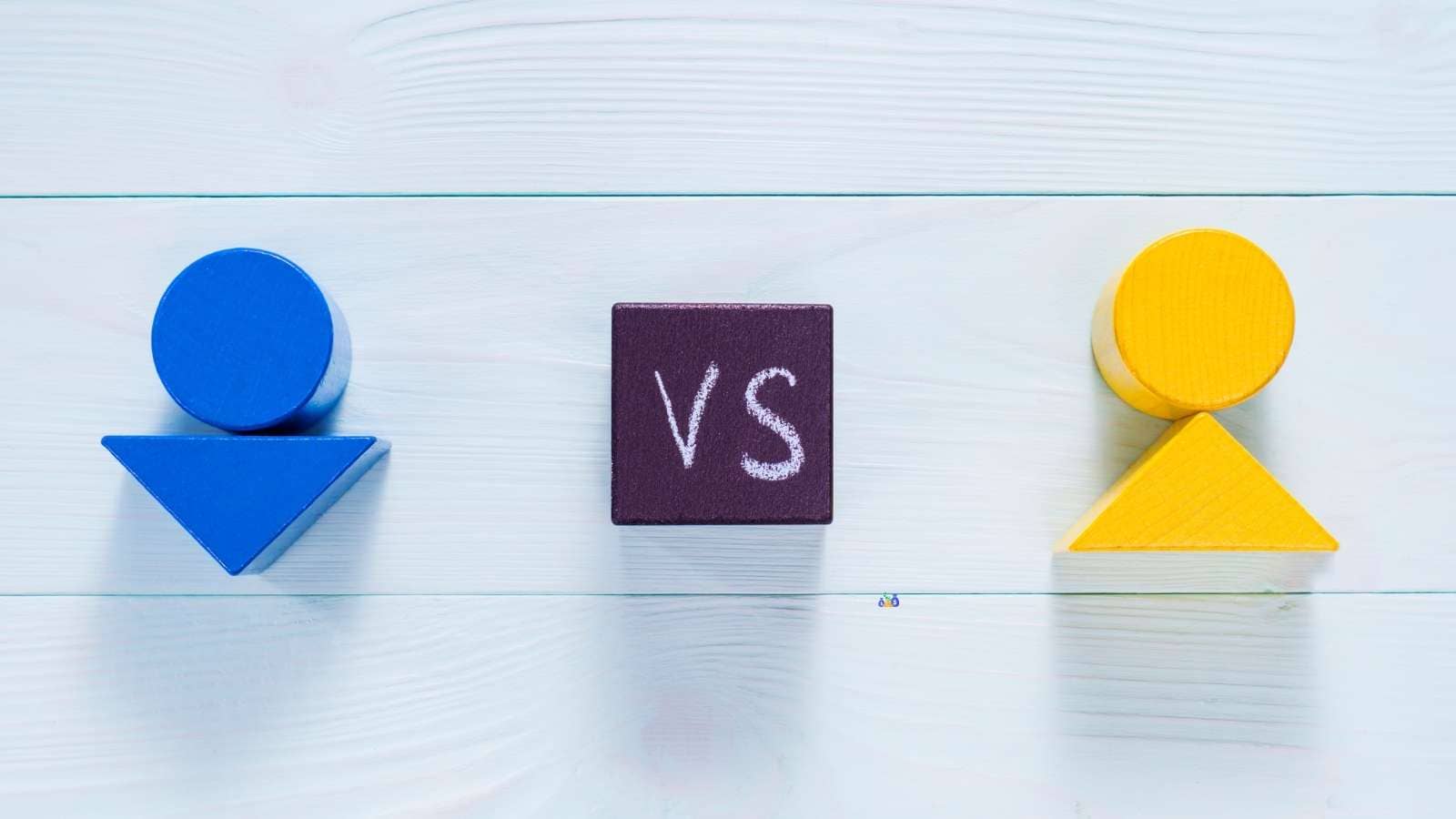Smart Energy Management: How Smart Meters Improve Efficiency?

You run machines, keep offices lit, and power countless devices daily, but do you know where energy is being wasted? Most businesses don’t until high bills and inefficiencies impact profits. Traditional meters provide no real-time insights, making cost control difficult. Power outages, unpredictable tariffs, and energy losses add to operational challenges. So, traditional energy management no longer meets the demands of modern homes and businesses.
Smart meters powered by the Internet of Things (IoT) are solving these issues. Let’s understand how in detail below.
IoT in Smart Energy Management: The Core of Smart Meters
IoT connects devices to the internet, enabling them to communicate with each other and central systems. In energy management, IoT plays a crucial role by linking smart meters with power grids, mobile applications, and utility providers.
Each smart energy meter has sensors, a communication module, and an embedded processor. These components allow meters to monitor electricity usage, detect faults, and send real-time updates to consumers and power companies. IoT networks such as NB-IoT, LTE-M, LoRaWAN, and Wi-Fi facilitate this data transmission to maintain smooth connectivity across urban and rural areas.
IoT’s integration with smart meters creates an intelligent energy ecosystem where consumers gain control over their electricity usage, and utility providers can optimise grid performance with minimal human intervention.
How Do IoT-Enabled Smart Meters Improve Energy Efficiency?
Here are some ways how smart meters boost energy efficiency:
1. Real-Time Energy Monitoring Through IoT Connectivity
Most households and businesses receive electricity bills only once a month. This delay prevents consumers from making informed energy-saving decisions. IoT-enabled smart meters eliminate this issue by providing real-time insights into energy consumption.
Through IoT-connected mobile apps and dashboards, users can track energy usage at any time. If consumption spikes, they can identify energy-intensive appliances and adjust their usage patterns. Over time, these small behavioural changes result in lower electricity bills.
2. IoT-Powered Automatic Demand Response for Grid Stability
Electricity demand fluctuates throughout the day. During peak hours, excessive load on the grid can lead to power outages. IoT-based smart meters help manage this issue by enabling automatic demand response (ADR).
With IoT connectivity, smart meters send real-time consumption data to power companies. If the grid is under stress, the system can automatically adjust supply by slightly reducing voltage or shifting non-essential loads to off-peak hours. This automation prevents power cuts and stabilises the electricity grid.
3. Predictive Maintenance Using IoT Sensors
Power failures often occur due to ageing infrastructure and faulty equipment. Detecting these issues early can prevent widespread blackouts. IoT-enabled smart meters allow smart energy management by using sensor data and AI-driven analytics to predict failures.
Utility companies analyse IoT-collected data to identify weak points in the grid. If a transformer shows irregular patterns, technicians can perform maintenance before a breakdown occurs. Proactive repairs improve service reliability, reducing downtime for businesses and other ones.
4. Detecting Power Theft with IoT Analytics
Electricity theft is a major challenge. Illegal connections and meter tampering cause financial losses for power companies, leading to increased tariffs for paying consumers. IoT-enabled smart meters can detect unusual energy consumption patterns, helping authorities combat theft.
If an IoT-powered meter records sudden spikes or irregular readings, the system flags it as a potential case of power theft. The power company receives an instant alert, allowing them to take immediate action without manual inspections.
5. Time-of-Use Pricing Enabled by IoT Data Analytics
Electricity tariffs typically remain fixed throughout the day. However, generating electricity during peak hours costs more. IoT-enabled smart meters introduce time-of-use pricing, where electricity rates fluctuate based on demand.
With real-time IoT data, power companies can charge lower rates during off-peak hours. Consumers who adjust their usage accordingly can significantly reduce their electricity bills. Industries that operate at night or early morning hours benefit the most from this pricing model.
6. Remote Metering for Accurate Billing
Traditional electricity meters require manual readings, leading to billing errors. IoT-powered smart meters automate the entire process to allow for precise billing without human intervention.
With IoT connectivity, meter readings are transmitted directly to power companies. There is no need for staff to visit homes or businesses, reducing operational costs for energy providers. Consumers receive accurate bills, eliminating disputes over incorrect charges.
7. Integrating Renewable Energy with IoT-Connected Smart Meters
The entire world is rapidly expanding its renewable energy capacity. Solar power installations are growing in homes, businesses, and industries. IoT-enabled smart meters help integrate renewable energy sources into the existing power grid.
- Net Metering Support: Consumers who generate excess solar energy can send it back to the grid. IoT-powered smart meters track this exported energy and provide accurate credit to consumers’ electricity bills.
- Real-Time Solar Performance Monitoring: IoT sensors in smart meters monitor the efficiency of solar panels, alerting users if performance drops due to dust, shade, or technical issues.
- Optimised Renewable Energy Distribution: Power companies can balance the mix of solar, wind, and traditional electricity sources based on real-time IoT data. This helps maintain stable supply even when renewable generation fluctuates.
By connecting renewable energy systems with IoT, smart meters enable a sustainable and cost-effective energy future.
Challenges in IoT-Based Smart Meter Adoption
Despite its advantages, implementing IoT-based smart meters comes with challenges:
- Initial Investment: Smart meters require investment in IoT infrastructure and communication networks. While long-term benefits outweigh costs, affordability remains a concern.
- Network Connectivity: IoT-enabled meters rely on uninterrupted network coverage. Some rural areas still lack stable connectivity, slowing adoption.
- Consumer Awareness: Many consumers are unaware of IoT-based smart meters’ benefits. Educating users on energy savings and real-time monitoring is essential for widespread acceptance.
Airtel IoT reduces smart meter adoption challenges by offering cost-effective connectivity, maintaining stable networks in all areas, and enabling real-time energy monitoring to enhance consumer awareness.
To Wrap Up
IoT-enabled smart meters are transforming energy management by making consumption transparent, reducing inefficiencies, and enabling smarter grid control. Real-time insights help consumers lower costs, while predictive analytics allow power providers to prevent failures and optimise supply. Adoption challenges exist, but advanced IoT connectivity is addressing them by ensuring reliable data transmission, even in remote areas.
As IoT technology continues to evolve, smart meters will play a vital role in creating a more efficient, secure, and future-ready energy ecosystem.




